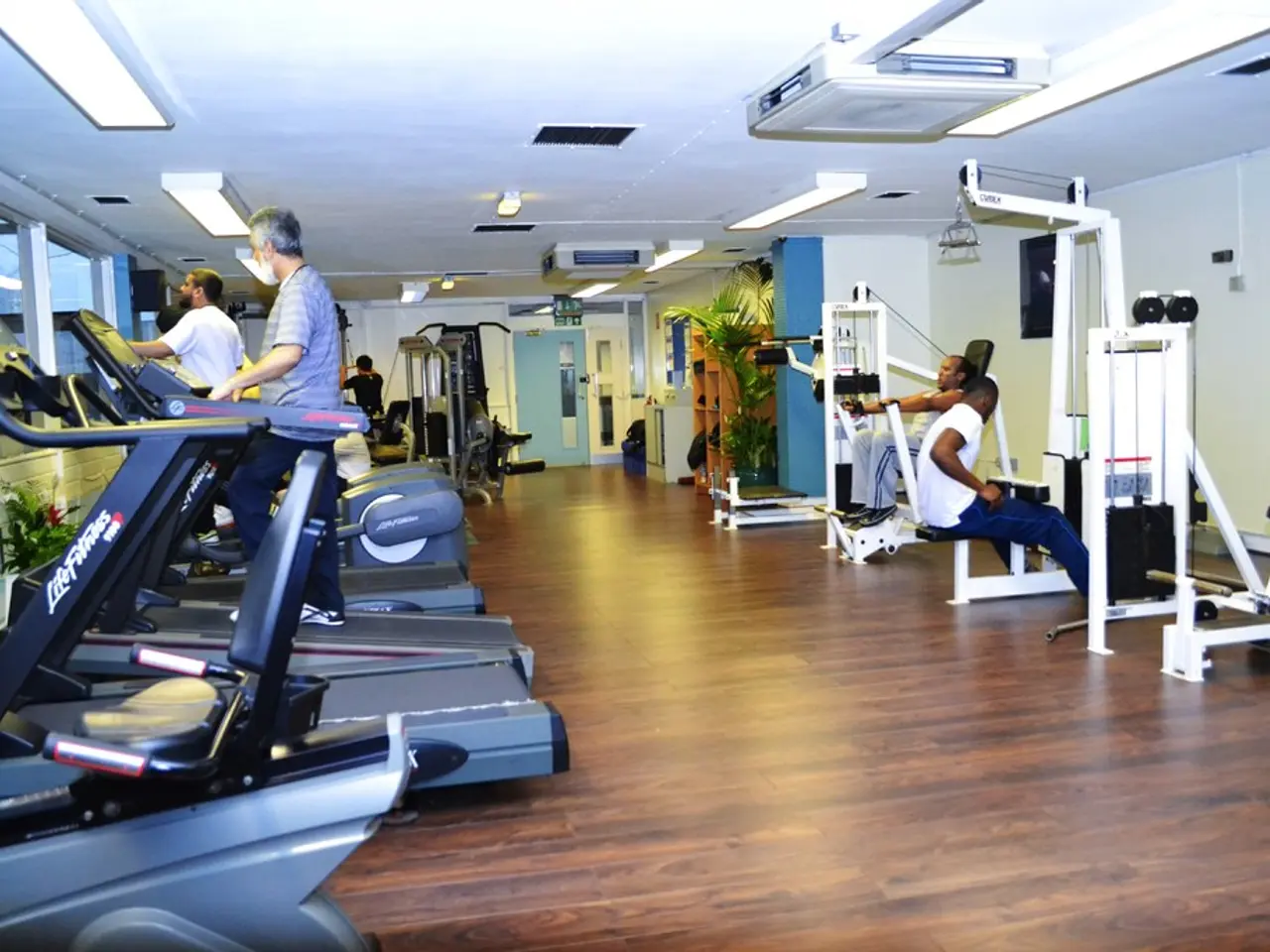Advantages of Water Therapy for Athletes' Performance and Recovery
===============================================
Hydrotherapy, also known as water therapy, has been a valued healing method for centuries, and its benefits for athletes are widely recognised. This ancient practice, which involves the use of water in various forms, offers a unique and effective approach to recovery, performance enhancement, and injury rehabilitation.
One of the key advantages of hydrotherapy is its ability to speed up the recovery process. By promoting blood circulation and reducing inflammation, hydrotherapy aids in the repair of damaged tissues. This is particularly beneficial for athletes who often push their bodies to the limit.
Temperature contrast therapy, or hot-cold therapy, is a common method used in hydrotherapy. Alternating between hot and cold water can enhance circulation, further aiding in the repair of damaged tissues. This method offers a balanced approach to recovery, providing both relaxation and stimulation to the body.
The natural buoyancy of water supports the body, reducing stress on the joints and muscles. This makes hydrotherapy a low-impact activity that provides a supportive environment for exercising and rehabilitating injured tissues. Exercising in water offers a unique resistance that can strengthen muscles while improving joint mobility.
Sports medicine experts often recommend hydrotherapy as part of an athlete's recovery and performance enhancement plan. Athletes can perform a variety of exercises such as leg swings, arm circles, and hydrotherapy-specific stretching routines to increase their range of motion safely. This controlled environment allows for gentle stretching exercises that can enhance flexibility and range of motion.
In addition to its physical benefits, hydrotherapy also offers mental relaxation and stress relief. The calming effects of being in water can rejuvenate both the mind and body, providing a much-needed break for athletes from the demands of their sport.
Many professional athletes, including LeBron James and Cristiano Ronaldo, incorporate hydrotherapy into their training and recovery routines. This practice is not limited to specific sports, with athletes across basketball, football, and soccer recognising its value.
Hydrotherapy sessions can be experienced in various settings, from swimming pools and hot tubs to specialized hydrotherapy facilities. Regardless of the location, the therapeutic properties of water remain the same, offering a valuable tool for athletes seeking to improve their performance and recovery.
In conclusion, hydrotherapy, with its low-impact nature and therapeutic properties, offers a competitive edge for athletes. Its ability to flush out waste products and toxins from the muscles, improve range of motion and flexibility, and promote blood circulation and reduce inflammation, makes it an invaluable tool for athletes seeking to enhance their performance and recovery.





